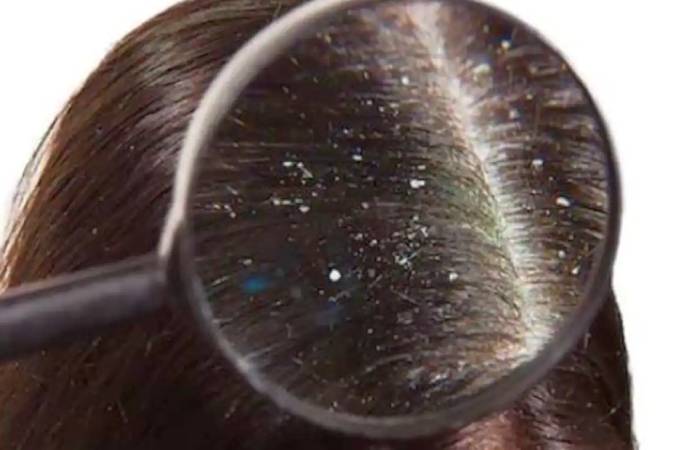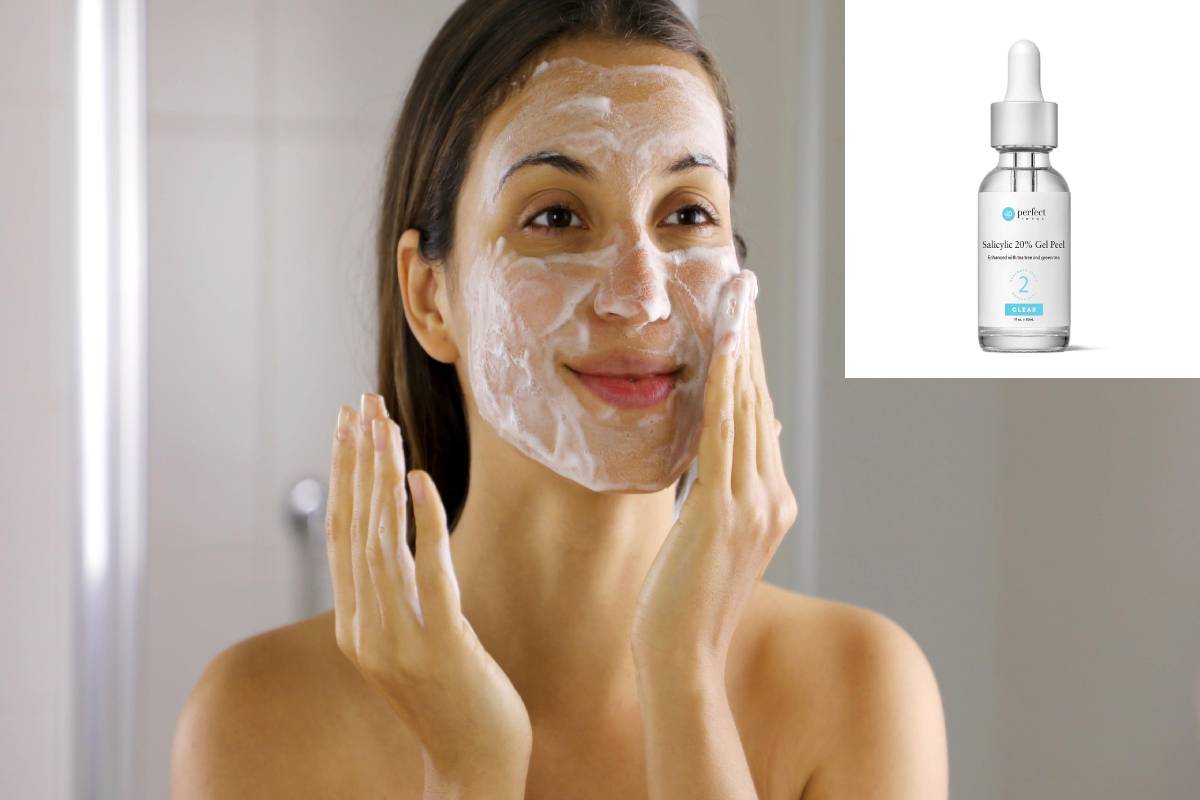Table of Contents
Salicylic Acid Definition
Salicylic acid is known as one of the best ingredients for fighting acne. You even home it on a bud or blackhead at night, and the chances of it vanishing or diminishing the next day are endless.
Topical salicylic acid uses to remove and prevent blackheads’ appearance, blemishes on the skin and treat psoriasis conditions.
Salicylic acid is a beta-hydroxy acid, which means that part of the molecule separates, and this structure is essential because it makes it more soluble in oil. It can penetrate the pores of the skin.
What is the Function of Salicyclic Acid?
The main property of salicylic acid is to remove the superficial layer of the epidermis, which makes. It is so effective in treating acne and its related injuries, such as superficial scars and wrinkles.
It has comedolytic properties ( eliminates pimples ) and keratolytic ( eliminates dead cells) and regulates the sebum of oily and acne-prone skin.
Its ability to penetrate the follicle’s interior manages to detach all the dead skin cells, oxygenate. And eliminate hyperpigmentation, excess melanin, and blemishes.
What are the Benefits of Salicyclic Acid?
- Its primary Function, exfoliating, makes it a great renovator of the skin’s surface. It helps to improve lesions such as acne, scars, and wrinkles, as well as smooth skin texture.
- It regulates sebum in oily skin and has comedolytic properties (eliminates blackheads and pimples) and keratolytic (eliminates dead cells).
- And also, it has depigmenting action, helping to combat blemishes and unify the skin tone.
- Deeply cleanses the skin as it penetrates deeper layers than other acids, such as alpha-hydroxy acids. It is precisely the main difference between these. Salicylic acid penetrates more.
- Anti-wrinkle, since it is capable of eliminating wrinkles thanks to its power to renew the skin.
Treatment of Salicylic Acid
- It includes practically all acne treatment protocols.
- However, it works best on blackheads and whiteheads since this acid can dissolve keratin plugs and regulate skin cells.
- And although it has antibacterial properties, it is not enough to treat cystic acne.
Who should Avoid Salicyclic Acid Use?
- People of any age can use this type of acid, but pregnant or lactating women not recommend it.
- It is also necessary to verify if the skin tolerates it because it can cause irritation, dryness, or even peel in the skin.
- However, it also has a dermo-cosmetic use, the specialist must prescribe it, and the cosmetic in question must have concentrations ranging from 0.5% to 2%.
- It should also use at night to avoid sun exposure.
Uses of Salicylic Acid
All of this means that salicylic acid can get deep into your skin to do its job. This quality makes salicylic acid such a potent ingredient for targeting acne — especially for blackheads and whiteheads.
1. Deep Exfoliation
- It considers a keratolytic drug, and these cause a demulcent and shedding of the top layer of skin cells, giving a complete exfoliation.
- It helps to remove and loosen skin cells and, of course, to dissolve pimples.
- Since salicylic acid works by loosening and breaking adhesions in the cells of the skin’s outer layers, it causes stimulation by exfoliating the skin and unblocking the pores.
- This acid is also lipophilic, which means it can penetrate oil and clog pores resulting in a deep clean.
- It reduces sebum secretion, which is another way it can help reduce acne, and, lastly, acts as an anti-inflammatory remedy.
2. Prevent and Treat Acne and Pimples
- Salicylic acid helps dissolve debris from the skin that clogs pores and causes acne.
- It indorses antibacterial activity and dissolves extra accumulated sebum.
- Depending on the percentage of acid found in the product used, it is the number of times it can or should use.
3. Dry Skin
- One side effect is that this ingredient can become a problem if used in excess. It can irritate and dry the skin in those who are very sensitive or who use it excessively.
- Depending on the concentration and number of applications, some people may experience dryness, peeling, redness, and skin irritation.
4. Dandruff

- It can speed up the desquamation process at lower levels and aid in dandruff and seborrheic dermatitis conditions.
- It causes a slowing down of skin cells sloughing off.
5. Blackheads and Whiteheads
- Salicylic acid helps to melt skin debris that clogs pores and causes acne.
- The best acne to luxury with salicylic acid is blackheads and whiteheads. Salicylic acid can directly break down the keratin plugs and regulate the skin cells.
- It does some success against cystic acne due to antibacterial activity, but less so than the classic blackheads and whiteheads.
Precautions of Salicylic Acid
- Some precautions must take since, like other acids, salicylic acid not recommends in pregnant or lactating women.
- Moreover, it is an asset that can irritate and also dehydration of the skin and even peeling.
- Therefore, the idea is to include it in the beauty routine under a specialist’s supervision and gradually avoid side effects. It is also important to note that you must use sun protection daily to use a salicylic acid treatment.
Conclusion
It is considered a hydroxy acid of fundamental importance for the improvement of the appearance of ageing skin.
The white willow (Salix alba) contains a salicin substance, from which salicylic acid is obtained (hence its Latin derived name).

